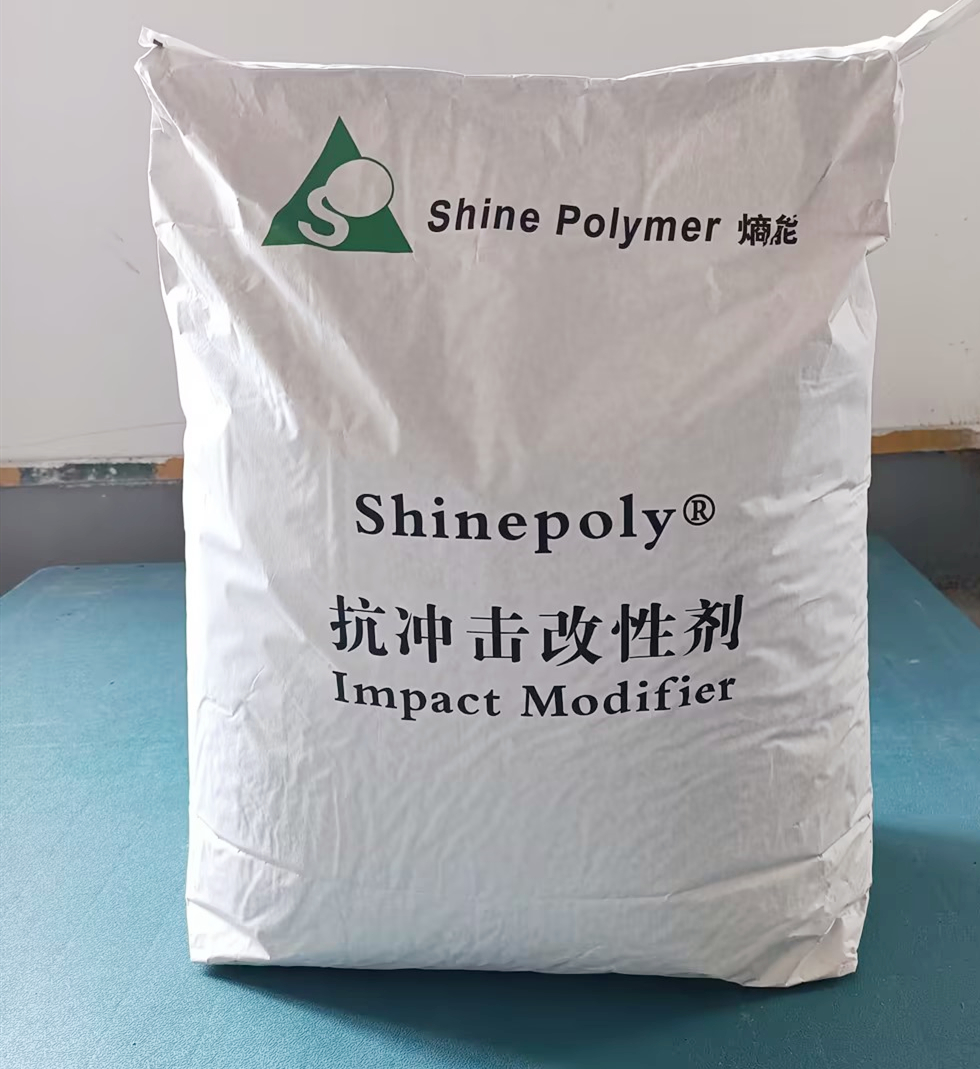Understanding Acrylic Impact Modifiers
Acrylic impact modifiers play a pivotal role in enhancing the toughness and durability of various polymers, making them an essential component in industries such as construction, automotive, and consumer goods. These additives significantly improve the impact resistance of rigid PVC, ABS, and other plastic materials, ensuring that products can withstand the rigors of daily use. Whether it’s a sleek automotive part or a durable building material, acrylic impact modifiers ensure that the end products not only meet quality standards but also provide longevity and reliability. By incorporating materials like acrylic impact modifier, manufacturers can achieve superior performance and customer satisfaction.

Practical Applications of Acrylic Impact Modifiers
The applications of acrylic impact modifiers are vast and varied, demonstrating their versatility across multiple sectors. In the construction industry, for instance, acrylic modifiers are used in window frames, siding, and pipes to enhance their resistance against weather elements, ensuring they maintain structural integrity over time. Similarly, in the automotive sector, these modifiers are crucial in the production of bumpers and dashboards, where high-impact resistance is vital for safety and functionality. By choosing products with effective acrylic impact modifier solutions, companies can reduce material costs while improving the overall quality of their products, ultimately leading to better market competitiveness.
Enhanced Performance with ACR Processing Aid
As industries evolve, the demand for advanced materials that boost production efficiency and product quality increases. This is where the ACR processing aid comes into play. Designed to enhance processing performance, ACR processing aids enable manufacturers to achieve better flow properties and reduced melt viscosity during the extrusion and molding processes. This results in smoother production with fewer defects, maximizing output while maintaining high-quality standards. By integrating ACR processing aid into their workflows, businesses can streamline operations, reduce waste, and ensure consistent product quality, which is especially crucial in competitive markets.

The Benefits of ACR Processing Aid
Utilizing ACR processing aids not only improves manufacturing efficiencies but also has significant implications for product performance. They help in achieving superior surface finish and greater dimensional stability, which are critical for precision applications. Furthermore, the incorporation of effective processing aids can enhance the compatibility of various polymer blends, enabling the creation of innovative composites that meet diverse consumer needs. By investing in a quality ACR processing aid, industries can unlock new potential for product development, fostering creativity and innovation while ensuring that they adhere to regulatory standards and market demands.
Conclusion: Why Choose Shine Polymer?
In the realm of acrylic impact modifiers and processing aids, Shine Polymer stands out as a reliable manufacturer with significant supply advantages. Their commitment to quality and innovation ensures that clients receive not just products, but comprehensive solutions tailored to their specific needs. By choosing Shine Polymer, companies gain access to cutting-edge materials that facilitate improved performance and efficiency, helping them stay ahead in today’s competitive landscape. With Shine Polymer, you are not just purchasing a product; you are investing in the future of your manufacturing processes and product development.
The transformative power of acrylic impact modifiers cannot be overstated, particularly as industries strive for resilience, durability, and cost-effectiveness in their products. With the right additives, such as acrylic impact modifiers, manufacturers can significantly elevate product quality and operational efficiency, ensuring satisfied customers and successful business ventures.


